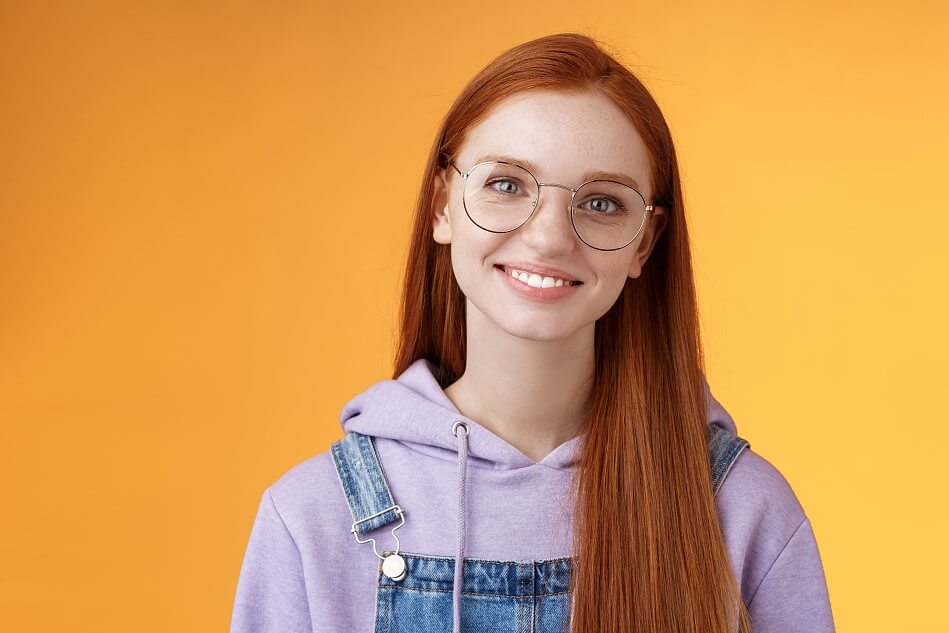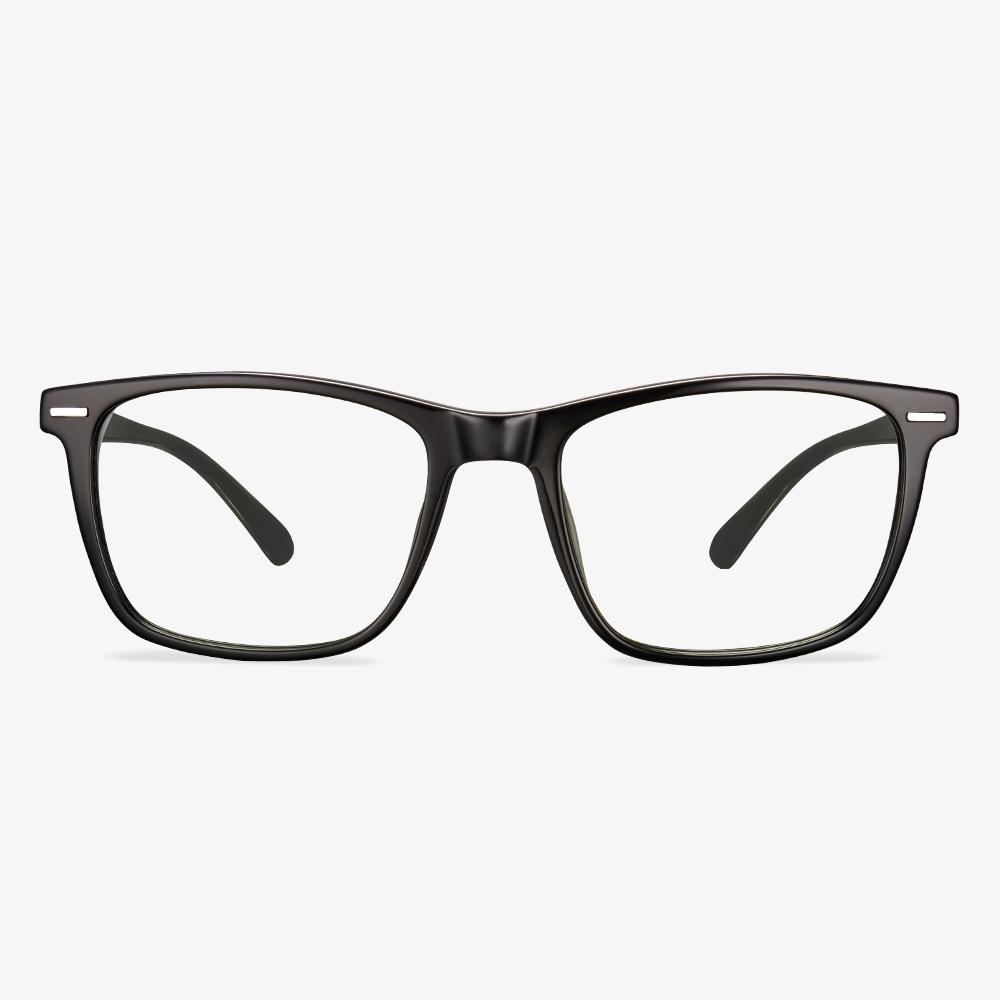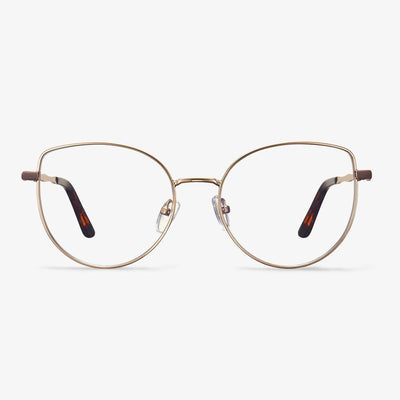Different Type of Lenses: How to Choose
In this section, we will list some of the lenses for glasses.
Plastic lenses: In 1947, the Armorlite Lens Company in California introduced the first lightweight plastic lenses. The lenses were made of a plastic polymer called CR-39, because it was the 39th formulation of a thermal-cured plastic developed by PPG Industries in the early 1940s. Plastic lenses are light and low cost.
Polycarbonate lenses: polycarbonate lenses were first introduced in the 1970s and they have become increasingly popular anad remained for a long time. Polycarbonate glasses are slighter and significantly more impact-resistant than CR-39 plastic, making them a preferred material for children’s eyewear, safety glasses, and sports eyewear.
Memory Titanium Flexible Full flex
These glasses have a titanium alloy (non-pure titanium) fully curved glasses frame and have acetate coating at the end. With aviation style, the latest fashion design is used, they are not heavy in weight. The frame is not heavy and flexible. It just needs a little tweaking. They are not heavy at all. Wearing them for hours doesn't cause stress headaches. The glasses can be adapted to informal moments like weekend brunches, or significant occasions, for example, at high-level business meetings. It's made of impressively flexible titanium, and you can twist the temple in each way you want.
How much should a pair of prescription glasses cost?
Speaking of glasses, everyone's first feeling may be that it is not cheap to have a pair of prescription glasses. Just such a small pair of glasses, ranging from a few hundred dollars to a few thousand dollars. Why is the difference so big? So some people go online to buy glasses for dozens of dollars as if they look the same. But is it actually the same? There are a lot of differences between the glasses for dozens of dollars and for thousands of dollars, apart from the price. Also, you should be responsible for your own eyes.
Better glasses brands will adopt better designs to ensure beautiful appearance and structural safety, and have stricter quality standards. At first, these glasses are not cheap because the cost has increased a lot. In addition to the brand, different materials, process requirements, and mass production scale will also affect the cost and thus the final selling price. As for the question of what price glasses to choose, my suggestion is to choose the high-priced one within your budget. So, to choose a suitable pair of glasses, what aspects need to be considered?
To protect the lens.
Avoid getting chemicals on your glasses, and if you do, rinse with water immediately. If there is sweat and grease on the glasses, they should be washed to avoid corrosion. Do not use clothes or towels to wipe the lenses. Rubbing the lens with a rough cloth can cause scratches on the surface of the lens. So it is best to use special glasses cloth when you wipe the lenses, and when you wipe the glasses, you must hold the glasses on one side of the frame with your hand, and then gently wipe the glasses with the glasses cloth. Remember not to overexert, otherwise, it is easy to cause frame and lens damage.
Glasses should not have serious color differences.
Children's eyes are not fully developed, and the eyeball is still growing slowly, at this time it is best not to wear such blue light glasses with the serious color difference. If you always see things with color differences, it will cause eye discomfort, resulting in increased myopia, but the opposite. The big color difference will cause low light transmittance, affecting child macula development. In the case of long-term distortion and discoloration, visual physiology and psychology will be affected.
Blue light glasses for children have special lenses that block some light waves, which may help protect children's growing eyes from digital eye strain. Blue light lenses sometimes have a slight yellow tint. You can buy prescription or non-prescription glasses with child-size frames and lenses that filter blue light. They don't filter out all the blue light, but they can reduce your child's exposure to blue-violet light by 80 percent or more.
Advantages of Plastic Frames
Plastic frame material is mainly various types of plastic polymer materials. With the characteristics of impact resistance, suitable for athletes to wear. The plastic used to make the frames can usually soften under the condition of the heating, and some plastic frames can be fine-tuned without heating. The plastic frames are not allergic and lightweight, making them suitable for children and people of all ages. And because the color is rich, and there are many styles. They become the choice of fashionable sunglasses. Plastic frame cost is low, and the process is simple. Because of its lightweight, plastic glasses frame is not easy to allergy. Because of its color and material characteristics, they become the fashion personage sunglasses or decoration choice.
Contact Lens Material - PHEMA material
It is the earliest material used in the production of contact lens hydrophilic material. The main advantage is water absorption, with a water content of about 38%. The material is soft, but its disadvantage is only partial oxygen permeability.











































